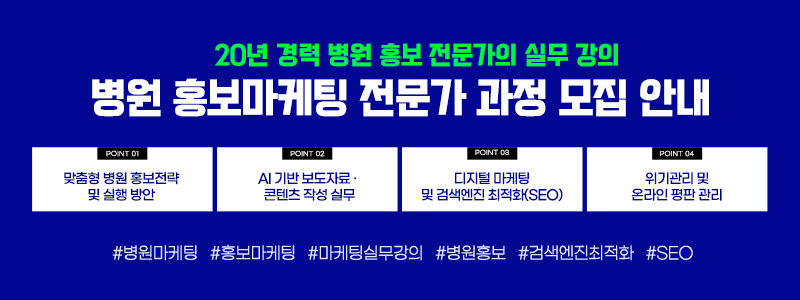The age distribution of patients has also shifted toward younger groups. In 2022, patients in their 60s accounted for the largest share of cases at 24.9%, followed closely by those in their 70s (24.5%) and 50s (21.0%). This marks a significant change from 2012, when those in their 70s accounted for the largest share at 27.1%. By 2022, however, the proportion among patients in their 60s had risen to 27.4%. This shift indicates that heart attacks are increasingly striking at younger ages.
Dr. Min Seok Oh, a cardiologist at Bundang Jesaeng Hospital’s Cardiovascular Center, attributes this trend to lifestyle changes. “We’re seeing a growing proportion of patients in their 60s,” he said. “Westernized diets, lack of exercise, and rising rates of high cholesterol are contributing to deteriorating vascular health, even among younger individuals.”
A heart attack occurs when a coronary artery, which supplies blood to the heart muscle, becomes blocked—most often by a blood clot or severe narrowing of the vessel. Symptoms may be subtle at first, but sudden blockages can cause severe chest pain, shortness of breath, or other warning signs. Dr. Oh stressed the urgency of seeking care: “If you experience squeezing chest pain lasting more than 30 minutes, go to the emergency room immediately.”

The hospital also operates a cardiac rehabilitation clinic, offering tailored exercise programs and education to support patient recovery. These efforts reflect a broader commitment to tackling South Korea’s rising burden of heart disease, particularly as risk factors such as unhealthy diets and sedentary lifestyles—exacerbated by the nation’s demanding work culture, often involving long hours from 9 a.m. to 6 p.m. or later—continue to strain public health.
Lim Hye Jung, HEALTH IN NEWS TEAM
press@hinews.co.kr





